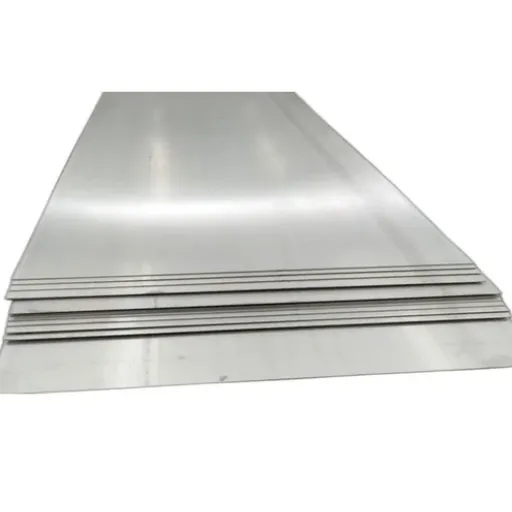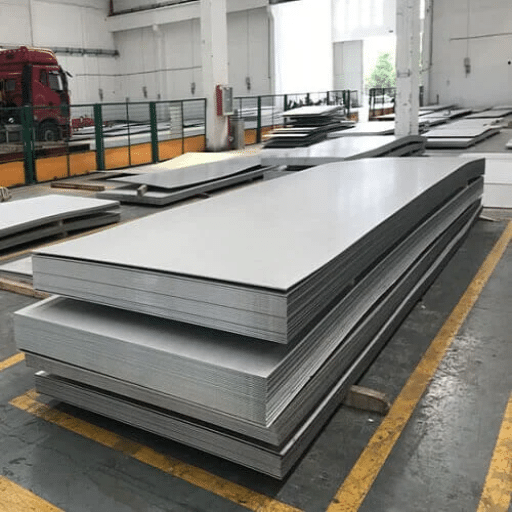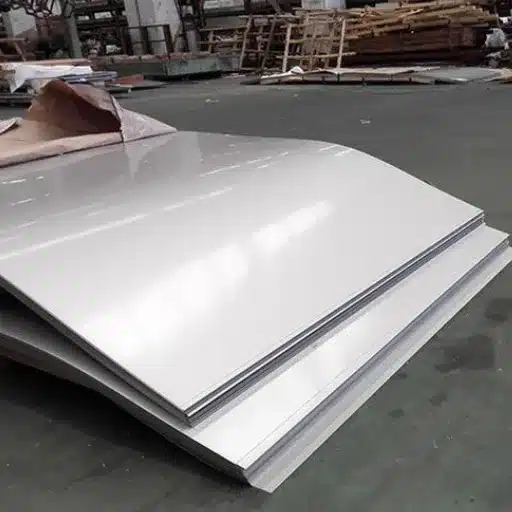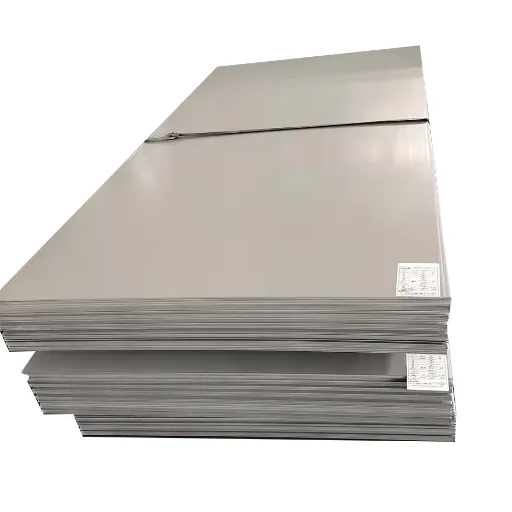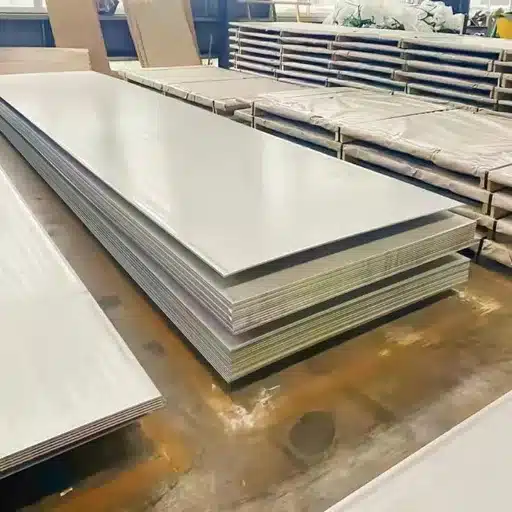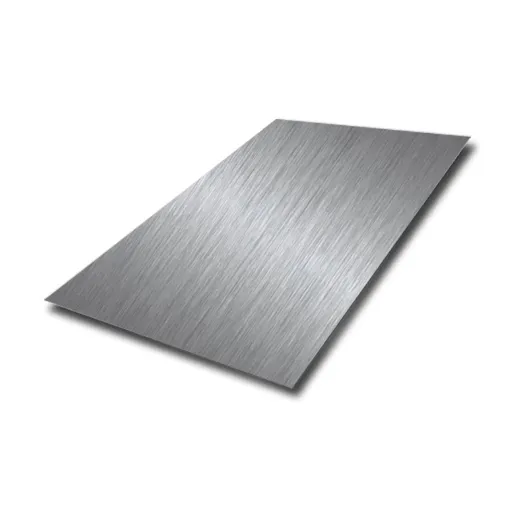Stainless Steel 316 is one of the most widely used materials in multiple industries such as construction and healthcare. Its performance properties dictate its applications and one of the critical properties is its density. Knowledge of Stainless Steel 316 density allows engineers, manufacturers, and designers to streamline material use and preserve structural integrity while maximizing cost efficiency, thereby supporting an optimal value-to-cost ratio. This article presents an analysis of its comparisons with other materials, its significance rationale, practical and technical considerations, and reasoning for its practicality. Regardless of your profession, I trust this discussion will be beneficial to you.
What is the Density of Stainless Steel 316?
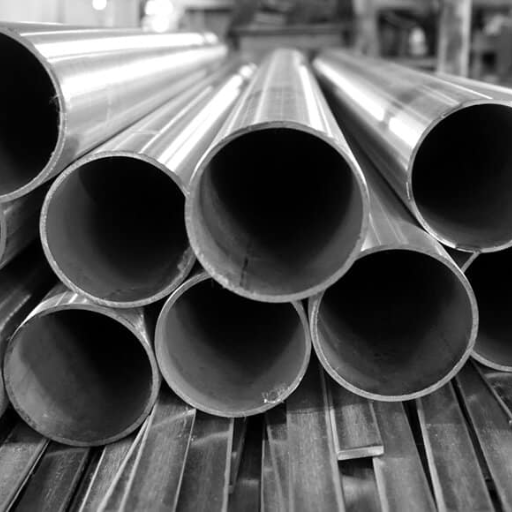
The density of stainless steel 316 is approximately 7.98 g/cm³ or 7980 kg/m³. This is a measurement of the materials mass regarding its volume unit, a principle of engineering and a work dealing with design and construction of heavy structures, chassis, components and equipment lifts where strength and weight is a critical component. The stainless steel 316 grade exhibits consistent density across variations in manufacturing standard, which is essential for precision engineering designs.
How is the Density of 316 Stainless Steel Measured?
The density of 316 stainless steel is evaluated through theoretical and practical approaches. Theoretical methods consider the atomic mass and the arrangement of atoms within the crystal lattice structure of the material. As an austenitic alloy, stainless steel 316 has a face-centered cubic (FCC) lattice which provides uniform density due to equilibrium packing density. On the empirical side, measurement techniques such as Archimedes’ principle are employed. Archimedes’ principle or displacement method submerges a precisely measured sample in a liquid with known density and calculates the amount of fluid displaced to find the density of the material. More sophisticated density measuring devices such as pycnometers or X-ray Diffraction (XRD) are applied especially in research and quality control to measure densities with high accuracy. These approaches are dependable for measuring the physical characteristics of stainless steel 316 needed for engineering purposes.
What Factors Affect the Density of Stainless Steel?
The factors that influence the density of stainless steel are closely related to its composition, manufacturing processes, and industry operations. As an overview, such factors include the following:
- Fabrication and Processing Techniques
The factors of manufacturing processes can largely determine the microstructure and, therefore, the density of the stainless steel. Forging, rolling or casting processes result in certain microstructural properties such as grain structure, porosity and internal stresses which may result in densities different to the more commonly accepted values.
- Heat Treatment
Heat treatment processes, hardening, and annealing, modify the microstructure and phase composition of an alloy. Take for instance, austenitic stainless steels, 316 for example. They retain their FCC structure due to austenitic chromium and nickel overloads resulting in greater density relative to ferritic and martensitic structures.
- Temperature
The density of stainless steel exhibits a thermal expansion increase with temperature, resulting in a reduction in density. Within the temperature span of twenty to one thousand degrees Celsius, the expansion coefficient for stainless steel 316 is around 16 µm/m°C.
- Impurities and Inclusion Content
Variations in density can occur due to extraneous elements bounding sulfur, phosphorus, as well as oxides and sulfides. Such inclusions are derived from the final alloy or raw materials used during the melting and refining stages.
These processes are essential to consider for a mechanical engineer who needs to determine the right material whose precise density will impact the structure, weight, and overall operational condition performance in multifactorial scenarios.
Why is the Density of Stainless Steel 316 Important?
The Application of Stainless Steel 316 across multiple industries stems from its advantageous mass properties. Its estimated mass density of 8.0 g/cm³ makes it advantageous during weight-sensitive engineering calculations and requires precision during structural and mechanical designs. Stainless Steel 316’s steady mass density enhances dependability for applications where accurate load-bearing reliability is critical, like pressure vessels, pipelines, and aerospace component construction. In addition, its mass density impacts the strength-to-weight ratio, essential for industries where optimal performance is sought alongside lightweight construction, like athe utomotive and maritime industries. Knowledge of its mass density also aids in advanced engineered simulations, such as finite element analysis (FEA), allowing accurate performance assessment under stress, temperature fluctuations, and corrosive environments.
What are the Physical Properties of Stainless Steel 316?
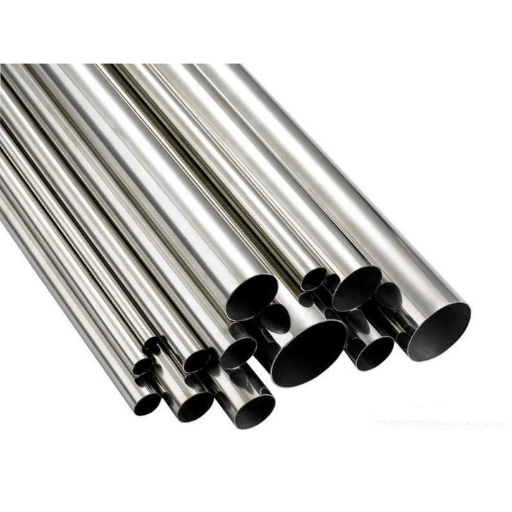
Stainless Steel 316 possesses exquisite physical characteristics, some of which include;
- Density: 316’s density is approximately 8.0 g/cm³, a property coupled with its strength and makes it robust yet manageable in weight.
- Melting Point: With 316 molten within temperatures of 2500°F-2550°F, it displays ideal performance and preservation under elevated temperature conditions.
- Thermal Conductivity: Displays 16.3 W/m·K of thermal conductivity at 100°C at demonstrates moderate thermal efficiency fitting for numerous industries.
- Tensile Strength: Typically at 515 MPa (74,700 psi), Αυτό το sturdiness underscores remarkable capability resistance to deformation under tension.
- Corrosion Resistance: High resistance to chloride environments and oxidation.
In combination with Stainless Steel 316’s increasing popularity as a material of construction is its durability, versatility and harsh operational environments.
What is the Corrosion Resistance of 316 Stainless Steel?
No other stainless steel alloy comes close to matching the 316 stainless steel’s resistance to corrosion. Its resistance, along with the capacity to withstand aggressive environments, comes from the steel’s exposure to molybdenum, about 2-3%. It works great in marine atmospheres and gets pitting and crevice corrosion from formidably aggressive chloride and other halide ions. Also, 316 stainless steel resists vigorous sulfuric acid, phosphoric acid, and acetic acid, adding to its advantages in chemical processing industries. Another one of its defenses is the oxide layer that comes with scratching, self-repairing, and ensuring that adverse conditions in the future will not matter. It is undeniable that these qualities add great reliability for strategic industries such as Desalination plants, offshore structures, and medical devices.
How Does Temperature Affect the Properties of Stainless Steel 316?
Subjecting Stainless Steel 316 to different temperature ranges results in significant alterations of properties. At elevated temperatures, the material’s tensile and yield strength soars because of thermal expansion as well as a loss of intermolecular forces. For example, above 800°F (427°C), Stainless Steel 316 suffers from increased oxidation and scaling, which undermines industrial mechanical applications’ performance. In any case, the alloy’s outstanding corrosion resistance as well as structural integrity is undermined only to a certain degree, owing to the molybdenum and strong austenitic framework.
Stainless Steel 316 unlike most in its materials class does not become brittle at low temperatures. This lack of brittleness provides advantages for cryogenic storage and engineering systems. On the contrary, the stainless steel class alloys tend to suffer from a lack of ductility and toughness. Stainless Steel 316’s ductility and toughness show how well it can adapt to harsh temperature environments. Extreme temperature adaptability demonstrates the alloy’s ability to withstand severe environmental conditions. Still, differing engineering approaches will need to be considered for long-term use in extreme temperatures to make sure performance and safety targets are achieved.
What is the Composition of Grade 316 Stainless Steel?
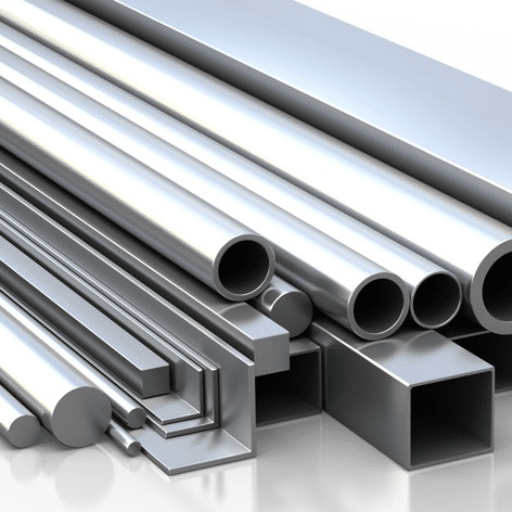
The primary elements that comprise grade 316 stainless steel are as follows:
- Iron (Fe): The base element which comprises most of the alloy.
- Chromium (Cr): Chromium (Cr) in the amount of about 16-18%, add up to the portion of the alloy and starkly improves corrosion per resistance by creating a passive oxide layer.
- Nickel (Ni): Between 10-14%, improving overall toughness and oxidation resistance.
- Molybdenum (Mo): Usually at 2-3%, assists in the pitting resistance of the alloy especially with regards to chloride compounds.
- Carbon (C): Restrained to 0.08% maximum to improve tensile strength while retaining weldability.
- Manganese (Mn): 2% maximum which enhances ductility and other mechanical properties.
- Silicon (Si): 1% maximum which improves resistance to heat.
- Phosphorus (P) and Sulfur (S): Kept below 0.045% and 0.03% respectively to prevent structural damage and excessive brittleness.
This exact blend allows Grade 316 to wield remarkable properties for use in extreme conditions and corrosive environments in diverse fields of application.
What is the Role of Molybdenum in 316 Stainless Steel?
Molybdenum (Mo) is essential in augmenting the performance of stainless steel Grade 316 in highly corrosive conditions. He noted that, unlike other austenitic stainless steels, Grade 316 has a relatively greater service life in harsh operating circumstances. It is present in form of an alloy constituting 2 to 3 percent of the steel, thus improving its yield strength in greater temperatures and maintaining shape under thermally stressed parts. He also noted that it was added to steel to increase a material’s resistance to pitting and crevice corrosion by chlorine at maritime and chemical processing and industrial cathodic.
How Does the Composition Affect the Density of Stainless Steel?
Chromium, nickel, molybdenum, and manganese are alloying elements that affect the density of stainless steel by changing its mass per unit volume. Since stainless steel is composed primarily of iron, the alloy has a high density of roughly 7.87 g/cm³. Chromium would lower the overall density, while nickel, with a much higher density of 8.90 g/cm³, would increase it in high amounts. Grade 304 or 316 stainless steel contains varying proportions of chromium and nickel alloys, which lead to a range of slight differences in density, varying from 7.77 to 8.0 g/cm³. Such differences are critical in some industries, such as aerospace and transportation, where the weight of materials could impact performance. Understanding these compositional factors allows engineers to select the appropriate grade of stainless steel required to suit the design parameters.
What are the Applications of Stainless Steel 316?
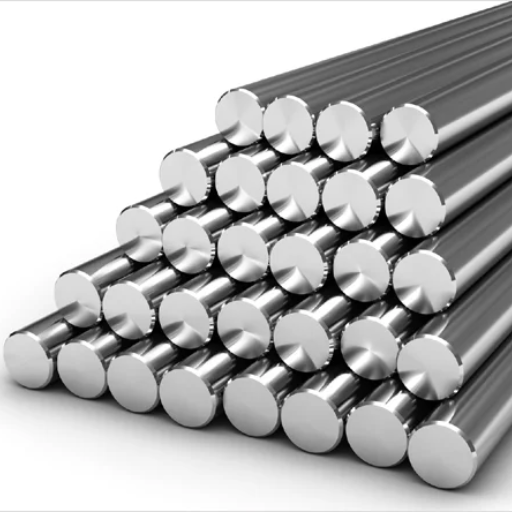
Stainless Steel 316 is well known and applies to industries with a greater need for resistance to corrosion, demanding durability. Its uses comprise of:
- Marine Environments: It is used for boats and marine equipment due to its resistance to saltwater corrosion.
- Medical Industry: Its use in surgery tools and medical implants is commonplace owing to its compatibility with the body and its ability to withstand sterilization processes.
- Food Processing: It is often used in tanks, pipes, and surfaces of the food-grade equipment where cleanliness and resistance to acidic substances are extremely important.
- Chemical Processing: It is the preferred material for making containers and equipment which deal with corrosive chemicals.
- Architecture: It is used for externally applied elements of a building such as railings or facades because of its durability against harsh environments and attractive appearance.
Due to the versatility, extreme stress withstand, and enduring stainless steel 316’s reliability across numerous critical applications makes it a favored choice.
In Which Industries is 316 Stainless Steel Commonly Used?
The various industries that use stainless commercially grade steel A240 and A316 SS are expansively numerous owing to the stainless steel316 316’s pitting resistance, corrosion cracking strength at high temperatures, and finally its mechanical strength. Some of the industries are:
- Marine Industry: Needs to be employed in saltwater where chloride fittings are used, fasteners, and piping systems. 316 stainless steel is perfect as it stands up to chloride corrosion.
- Pharmaceutical and Medical Industries: Uses non-reactive and clean 316 stainless steel for surgical tools and even pharmaceutical mixing tanks because of its strict cleanliness standards.
- Food and Beverage Processing: 316 stainless steel excels at devising processing equipment, and storage tanks because of its resistance to acid, alkalis, and chlorides.
- Chemical Processing Industry: Works great with many harsh chemicals such as sulfuric acid, bromides, and chlorides. Therefore many chemical plants use 316 stainless steel.
What are the Benefits of Using Stainless Steel 316 in Chemical Processing?
The use of A240 and A316 SS as a stainless steel 316 allows for a plethora of advantages in chemical processing for these industries due to its properties. Some of the main benefits are:
- Exceptional Corrosion Resistance: The grade A240 and A316 has a chemical composition consisting of molybdenum 2-3% alloying element which further resists it from pitting and crevice corrosion race of chlorides and aggressive chemicals that are used in chemical plants. This peculiarity eliminates corrosion which gives longevity of the equipment consumption value too. Furthermore it reduces the contiminations of chemicals from the machinery parts.
- High-Temperature Resilience: Suitable as reactors and exchangers is needed for equipment sourced or used for extreme heat environments which are A240, A316, and A316LS. The alloy in A240 and A316 also retains integrity and avoids scaling at high temperatures up to 870°C (1598°F).
- Mechanical Strength and Durability: The yield strength of the steel A316 grade was observed to be around 290 Mpa and possessing tensile strength of around 620 MPa.
- Hygienic Surface for Precision Applications: The processes of manufacturing pharmaceuticals and fine chemicals which require stringent hygiene and contamination controls, can utilize 316 stainless steel due to ease of cleaning the non-porous and smooth surface.
The integration of all these features gave stainless steel 316 an indispensable role in the chemical processing industry with regard to operational reliability, safety, and cost efficiency.
How Does Grade 316 Compare to Other Stainless Steel Grades?
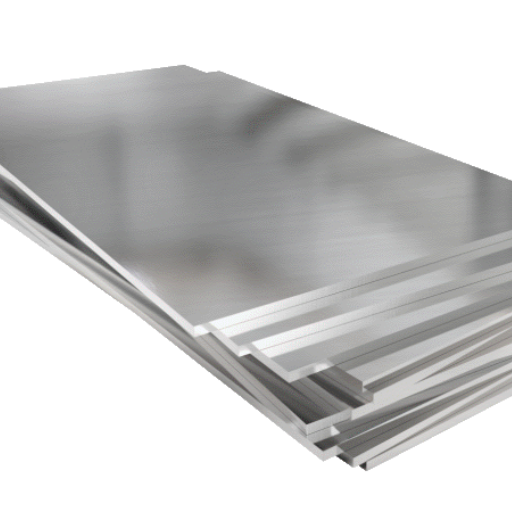
Grade 316 stainless steel differs from 304 due to its greater resistance to corrosion. This is due to the presence of molybdenum, which enhances performance in chloride-rich environments like the sea or industrial processes involving halides. In comparison to 304, grade 316 has much better resistance to pitting and crevice corrosion. It also maintains strength and toughness during elevated temperature service, which other applications find useful. Although costing more than 304, the enduring value and dependable performance in harsh environments often makes the investment worthwhile in austere industries such as defense.
What are the Key Differences Between Grade 316 and Grade 304?
|
Key Point |
Grade 304 |
Grade 316 |
|---|---|---|
|
Primary Composition |
Contains 18% chromium and 8% nickel |
Contains 16% chromium, 10% nickel, and 2% molybdenum |
|
Corrosion Resistance |
Good resistance to corrosion |
Superior resistance, especially to chlorides |
|
Pitting and Crevice Corrosion |
Prone in chloride-rich environments |
Highly resistant in chloride-rich environments |
|
Temperature Tolerance |
Effective up to 1400°F |
Retains strength up to 1600°F |
|
Strength and Durability |
Strong and durable for general use |
Stronger in extreme conditions |
|
Cost |
Lower cost, more economical |
Higher cost due to enhanced properties |
|
Applications |
Ideal for household and commercial use |
Suitable for marine, chemical, and industrial use |
|
Magnetism |
Non-magnetic unless cold-worked |
Generally non-magnetic |
|
Weldability |
Excellent, easy to weld |
Excellent weldability |
|
Mechanical Properties |
Tensile strength ~515 MPa |
Tensile strength ~579 MPa |
|
Density |
|
|
What are the Unique Properties of 316 Stainless Steel Compared to Other Alloys?
Marine environments and pharmaceutical industries require the use of molybdenum-resistant alloys, which grade 316 provides. Grade 316 stainless steel has a molybdenum content of 2- 3%, making it able to fend off harsh chemicals, including chlorides. This also aided in ceasing pitting and crevice corrosion, a problem other stainless steel alloys suffer from.
Moreover, 316 stainless steel demonstrates and maintains excellent strength at elevated temperatures and has a remarkable resistance to creep with prolonged heating exposure. It has also excellent mechanical properties of 579 MPa in tensile strength paired with high ductility and toughness which is important for industrial use. Its character makes it more outstanding especially in annealed condition when low magnetism is desired.
Reference Sources
-
Effects of Process Parameters on 316L Density via Laser Powder Bed Fusion (LPBF): Optimizing laser power, scan speed, and layer thickness significantly impacts the density and microstructure of 316L. A full factorial design of experiments revealed that smaller angles of rotation between layers reduced texture anisotropy and improved density.
-
Sintering Behavior of 316L Fabricated by Binder Jet 3D Printing (BJ3DP): Higher initial relative densities in green parts led to reduced shrinkage and higher final densities (~98.7%). Numerical simulations aligned well with experimental results, predicting shrinkage and densification.
-
Impact of SLM Parameters on 316L Density and Hardness: Optimal results (99.5% density and 220 HV hardness) were achieved with a laser power of 180 W, scanning speed of 1200 mm/s, and layer thickness of 0.03 mm.
Frequently Asked Questions (FAQs)
Q: What is the density of stainless steel 316?
A: The density of stainless steel 316, often referred to by its UNS designation UNS S31600, is approximately 8.0 g/cm³.
Q: How does the density of stainless steel 316 compare to other grades?
A: Stainless steel 316 has a density similar to other austenitic stainless steels. For example, stainless steel 316L has a comparable density, making it suitable for various applications. In general, the density of stainless steels ranges around 7.9 to 8.1 g/cm³ depending on the specific composition.
Q: What are the mechanical properties of stainless steel 316?
A: Stainless steel 316 exhibits excellent mechanical properties, including high tensile strength, good ductility, and resistance to corrosion and oxidation. These properties make it suitable for a wide range of industrial and architectural applications.
Q: What factors influence the density of stainless steel 316?
A: The density of stainless steel 316 can vary slightly depending on the specific composition and manufacturing process of the stainless steel. Factors such as temperature and elemental additions like nitrogen can also affect its density.
Q: What is the significance of the UNS S31600 designation?
A: The UNS S31600 designation identifies a specific grade of stainless steel 316, which is known for its corrosion resistance and suitability for marine and chemical environments. This designation helps manufacturers and engineers ensure they are using the correct material for their applications.
Q: Can stainless steel 316 be used in residential applications?
A: Yes, stainless steel 316 is a versatile material that can be used in various residential applications, such as kitchen appliances, sinks, and fixtures, due to its durability and resistance to rust and staining.
Q: What is the typical thickness range for stainless steel 316 sheets?
A: Stainless steel 316 sheets come in a wide range of thicknesses, typically from 10 to 14 gauge, depending on the specific application and requirements.
Q: How does the manufacturing process affect the properties of stainless steel 316?
A: The manufacturing process of the stainless steel 316 can significantly influence its mechanical properties and overall performance. Different processes such as cold working, annealing, and heat treatment can enhance its strength and corrosion resistance.
Q: What are some common applications of stainless steel 316?
A: Stainless steel 316 is widely used in applications that require high corrosion resistance, such as marine environments, chemical processing, and food processing. Its versatility makes it suitable for both industrial and architectural uses.

